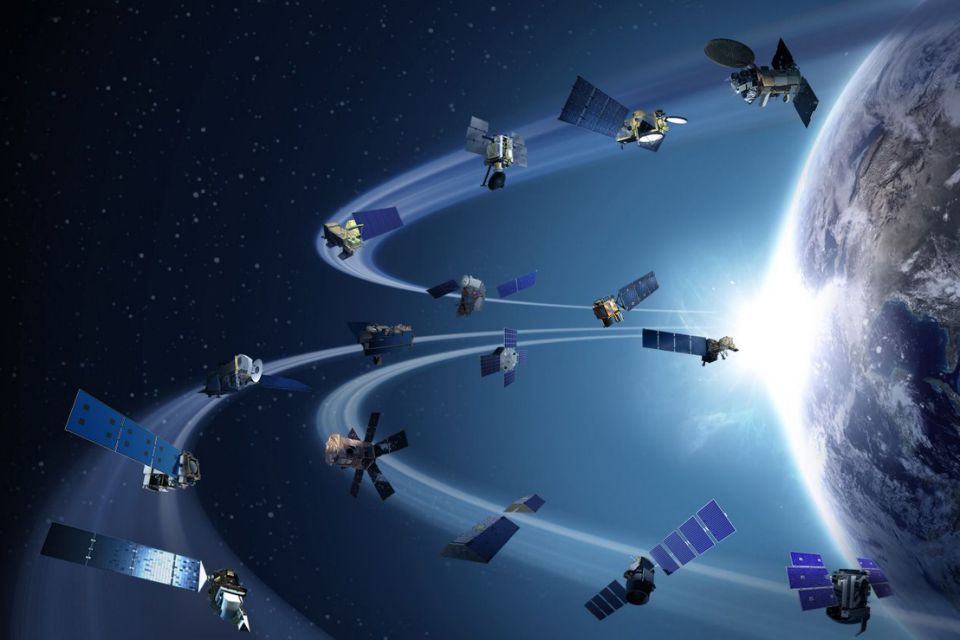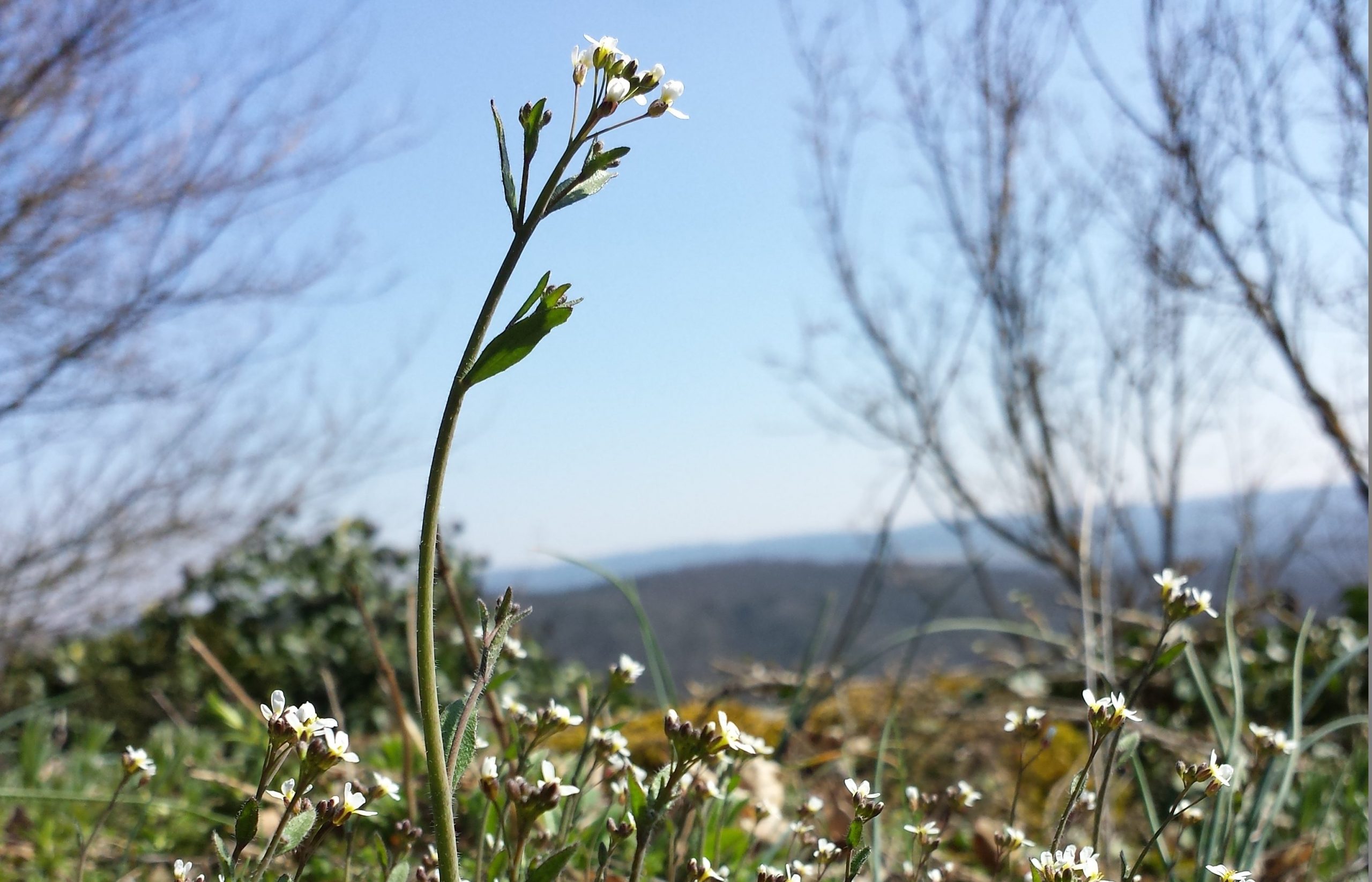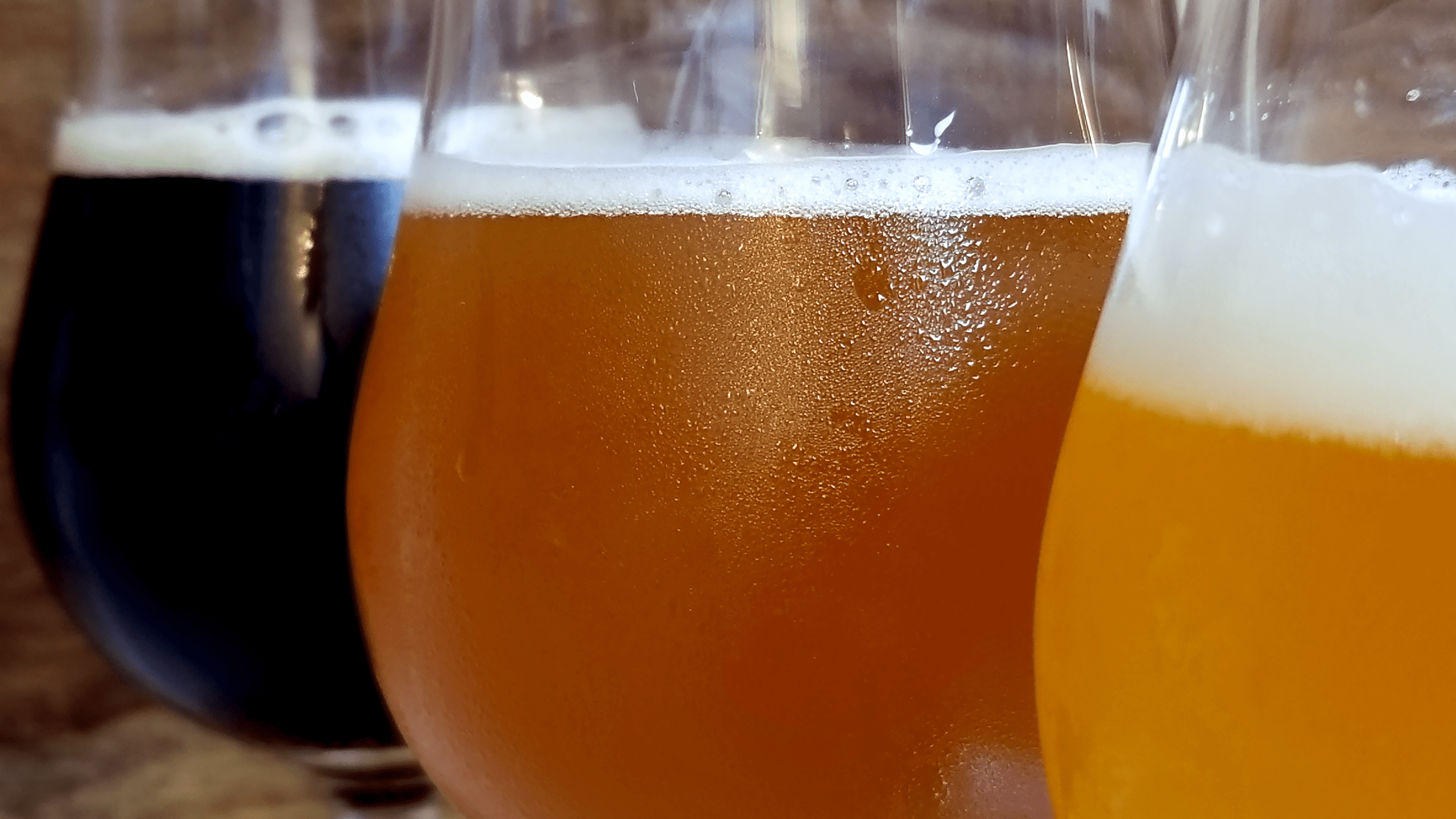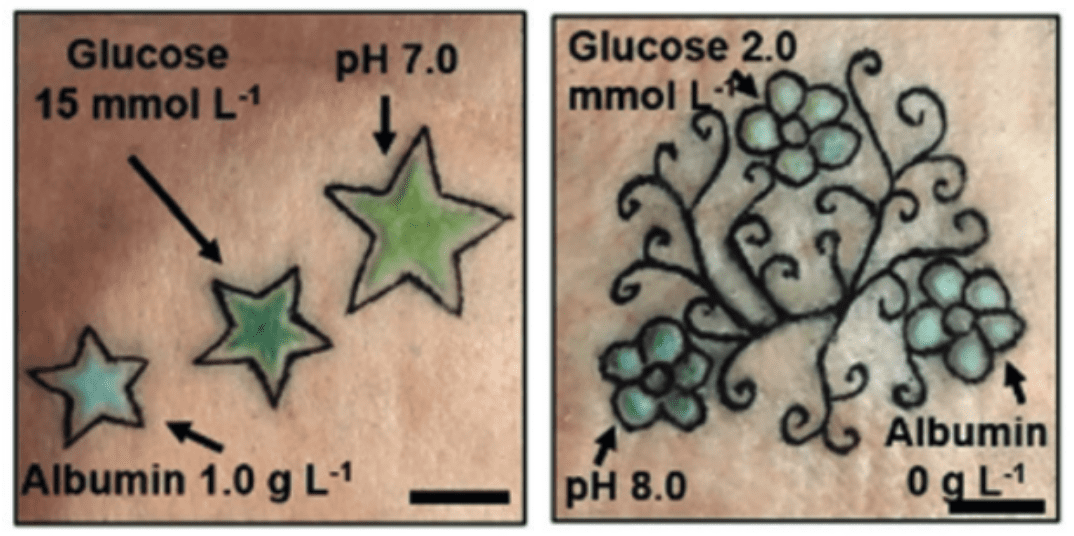
The Trap of Pseudo-Sustainability
Last week, I received an email from Brandless, an online store that specializes in affordable, healthy, and environmentally-conscious products. Their email was advertising their new line of “tree-free†products – paper products that are made from bamboo and sugarcane, rather than trees. I strive to be environmentally conscious, but I am also a person who











